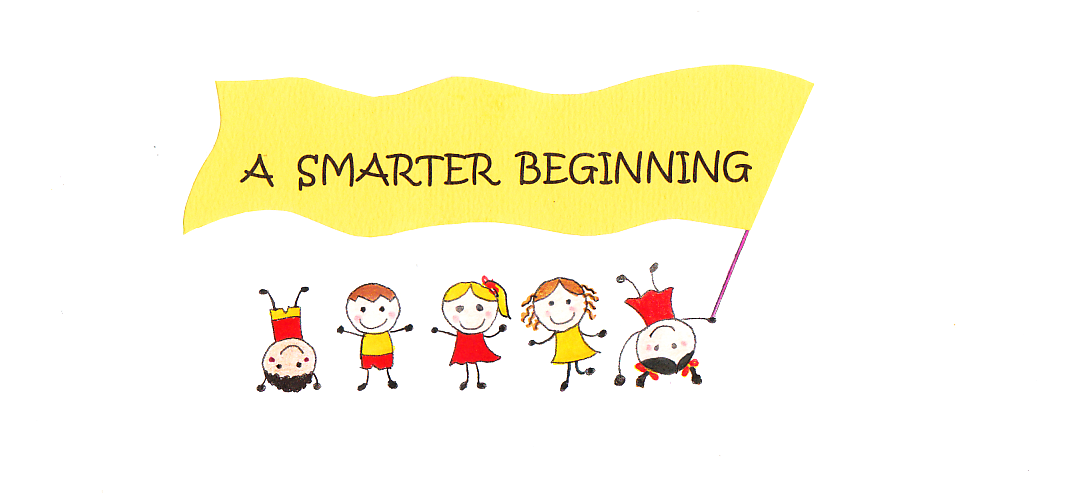Is this what we want for our children: “Anxiety and stress levels among youths [in the US] are at an all-time high; they are bogged down with homework, over scheduled with extracurricular activities, deprived of free play and faced with the pressures of getting into a top college”? (Peter Gray, interviewed at www.alternet.org/education/real-problem-education). Think there’s no alternative where you live? Well, Finland thinks there is.
International Scores of Finland and US Compared
 On the International Student Assessment exam given every 3 years in mathematics, science and reading, Finland has come out among the top countries in the world. In 2006, Finland was # 2 in math, # 1 in science and # 2 in reading. In 2012, it was # 12 in math, # 5 in science, and # 6 in reading. This was slightly down but still among the highest scoring countries. By comparison, the US was # 36 in math, # 28 in science and # 24 in reading. That’s a significant difference. How has the US been trying to decrease the gap? The answer is by instituting core subjects, standardization, lots of testing, and greater accountability.
On the International Student Assessment exam given every 3 years in mathematics, science and reading, Finland has come out among the top countries in the world. In 2006, Finland was # 2 in math, # 1 in science and # 2 in reading. In 2012, it was # 12 in math, # 5 in science, and # 6 in reading. This was slightly down but still among the highest scoring countries. By comparison, the US was # 36 in math, # 28 in science and # 24 in reading. That’s a significant difference. How has the US been trying to decrease the gap? The answer is by instituting core subjects, standardization, lots of testing, and greater accountability.
Finland’s Education System
Now let’s take a closer look at Finland’s education system. After all, it’s working. To begin with, Finnish children don’t start their formal education until they’re 7 years old. Starting any earlier is regarded as a violation of their right to be children. In addition, there are daycare programs for babies and toddlers as well as a preschool for 6 year olds the year before formal education begins.
From the ages of 7 to 16, Finnish children receive their basic education. They are grouped heterogeneously in classes with all ability levels mixed. They get 1 hour and 15 minutes of recess each day compared with 27 minutes on average in the US. During the first 6 years of school, homework is discouraged and children’s abilities are not measured. There is no standardized testing before the age of 16. At that point, students are given the only mandatory standardized test they receive. Then 95% continue on to either vocational or academic high school. The graduation rate from these schools is 93%. Sixty-six percent of these graduates go on to higher education. This is the highest in the European Union. (www.smithsonianmag.com/innovation/why-are-finlands-schools-successful-49859555/)
Finland’s Teachers
What about the teachers in Finland? All teachers must have a Master’s Degree and this is paid for by the government. According to Pasi Sahlberg, a Finnish educator and author, it is “More difficult getting into teacher education than law or medicine.” (www.nytimes.com/2011/12/13/education/from-finland-an-intriguing-school-reform-model.html?pagewanted=all&_r=O) In fact, teachers have the same status as lawyers and doctors. They come from the top 10% of college graduates and the competition for jobs in teaching is stiff. They are in the classroom for 4 hours a day and spend 2 additional hours each week for professional development.
Finnish teachers have a great deal of autonomy in the classroom since the Finnish curriculum exists only in broad guidelines. Teachers and schools are encouraged to work together and to collaborate rather than to compete and this is passed on to the children. In addition, teachers in Finland are 96% unionized and there is no merit pay.
The Cost
What is equally interesting is that the Finnish school system is funded entirely by the government. Although class sizes are kept small and teachers earn well, Finland spends about 30% less on each student than the US.
As an explanation of why the Finnish system wouldn’t work in the US, it’s easy to say that Finland is much smaller with a much more homogeneous population but we could also say that Finland is as big as many American states. Moreover, when we compare Finland’s scores on international exams with those of Norway, a country of similar size and demographics that follows the American system of education, we see that Norway’s scores are like those of the US.
So the question is, “Should your schools be incorporating aspects of Finland’s educational model?” I’d like to hear what you think.
Photo credits: Sirkku/Foter/CC BY-NC-ND; rolleh/Foter/CC BY-NC

